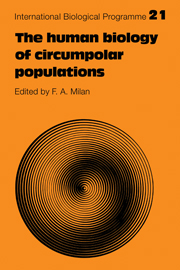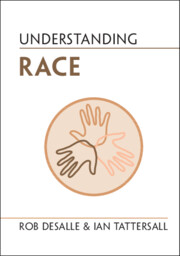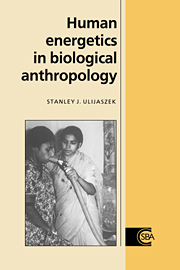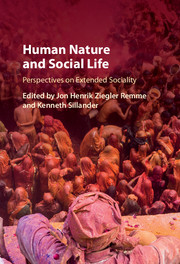The Human Biology of Pastoral Populations
Animal-herding (pastoralism) is a subsistence strategy that is practised by populations of low-producing ecosystems worldwide. Increasingly, it is vanishing due to land pressure and ecological degradation, particularly in the developing world. While previous books have examined the social, cultural and economic dimensions of the pastoral way of life, there has been little systematic examination of the biology and health of pastoral groups. The Human Biology of Pastoral Populations fills this gap by drawing together our knowledge of the biology, population structure and ecology of herding populations. It investigates how pastoral populations adapt to limited and variable food availability, the implications of the herding way of life for reproductive patterns, population structure and genetic diversity and the impacts of ongoing social and ecological changes on the health and well-being of these populations. This volume will be of broad interest to scholars in anthropology, human biology, genetics and demography.
- Only book-length treatment of the comparative biology of pastoral populations
- Links human biology and culture in biocultural perspective
- Interdisciplinary focus, including both the biological and social sciences
Reviews & endorsements
"This fascinating book provides a wide-ranging introduction to the biological characteristics of animal-herding populations around the world. The editors have accomplished the unenviable task of bringing together research on pastoralists from geographically diverse locations in Africa, Asia, Europe, and the Middle East and, in the process, draw researchers from anthropology, demography, genetics, and medicine.... This book should be on the shelf of any scholar, from any discipline, with an interest in the health of pastoral populations worldwide." The Quarterly Review of Biology
"...this volume provides a unique collection of research on the biological consequences of the herding existence. The volume is well-written, informative, and is highly recommended for researchers and graduate students interested in the relationships among substinence, social organization, and human biology. In addition, the chapters would serve nicely as case studies in a graduate seminar in human biology." American Journal of Human Biology
Product details
March 2002Hardback
9780521780162
328 pages
237 × 158 × 21 mm
0.674kg
64 b/w illus. 38 tables
Available
Table of Contents
- 1. The biological diversity of herding populations: an introduction Michael H. Crawford and William R. Leonard
- 2. Genetic structure of pastoral populations of Siberia: the Evenki of Central Siberia and the Kizhi of Gorno Altai Michael H. Crawford, Joseph McComb, Moses S. Schanfield and R. John Mitchell
- 3. Genetic structure of the Basque herders of northern Spain Rosarió Calderón
- 4. History, demography, marital patterns and immigration rate in the South Sinai Bedouins: their effect of the coefficient of inbreeding (F) E. Kobyliansky and I. Hershkovitz
- 5. Uncertain disaster: environmental instability, colonial policy, and the resilience of East African pastoral systems Sandra Gray, Paul Leslie and Helen Alinga Akol
- 6. Changing pattern of Tibetan nomadic pastoralism Melvyn C. Goldstein and Cynthia M. Beall
- 7. Human biology, health and ecology of nomadic Turkana pastoralists Michael A. Little
- 8. Economic stratification and health among the Herero of Botswana Renee L. Pennington
- 9. Ecology, health and lifestyle change among the Evenki herders of Siberia William R. Leonard, Victoria A. Galloway, Evgueni Ivakine, Ludmila Osipova and Marina Kazakovtseva
- 10. Disease patterns in Sámi and Finnish populations: an update Simo Näyhä, Pauli Luoma, Saara Lehtinen, Terho Lehtimäki, Mary Jane Mosher and Juhani Leppäluoto
- 11. Yomut family organization and demography William Irons
- 12. Pastoralism and the evolution of lactase persistence Clare Holden and Ruth Mace.








